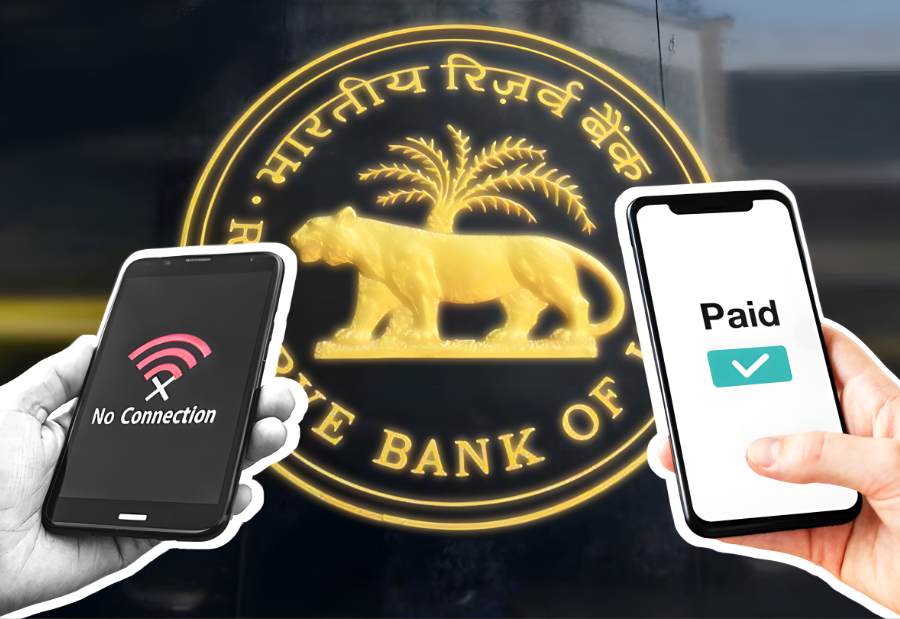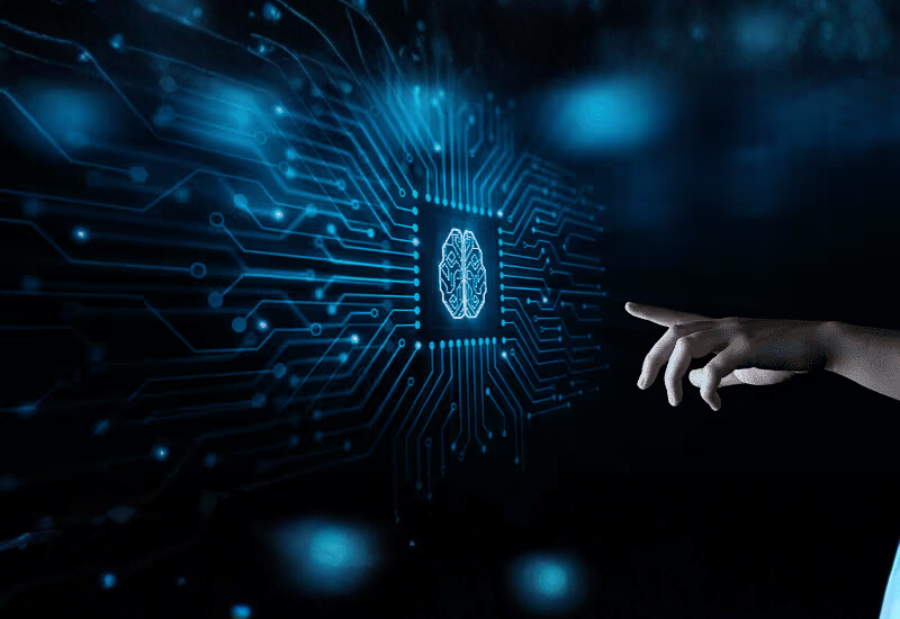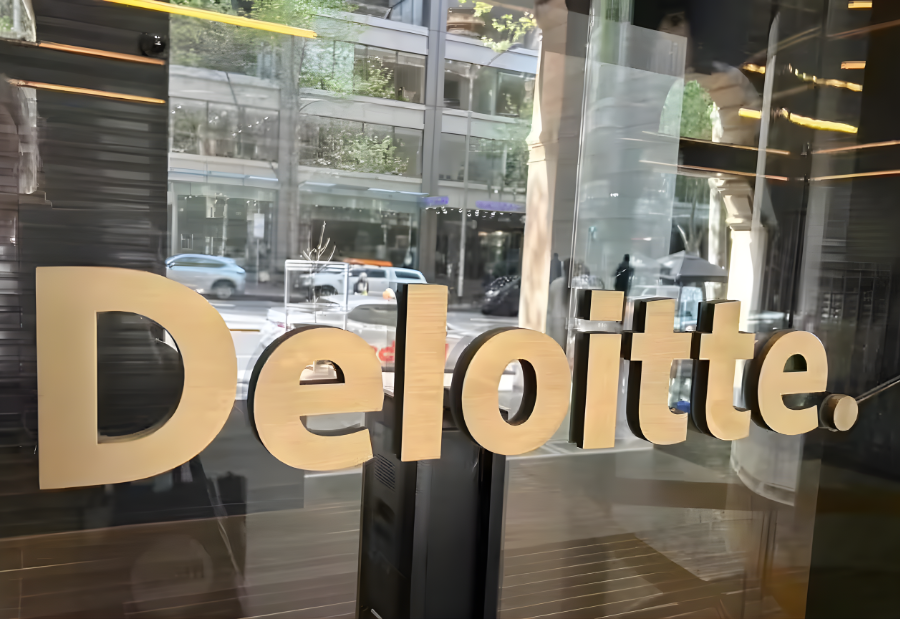In a major advancement in India’s digital finance ecosystem, the Reserve Bank of India (RBI) has introduced the offline digital rupee (e₹), allowing users to make payments even without an internet connection. Announced at the Global Fintech Fest 2025 in Mumbai, the feature brings the convenience of cash into the digital space, especially for remote and rural regions with poor connectivity.
The digital rupee, or e₹, is India’s central bank digital currency (CBDC) and serves as a digital version of the physical rupee. Issued directly by the RBI, it carries the same level of trust as paper money and is stored in secure digital wallets provided by banks. Unlike the Unified Payments Interface (UPI), which transfers funds between bank accounts, e₹ works like digital cash, enabling instant person-to-person or person-to-merchant payments without the need for a bank account for every transaction. Users can also scan existing UPI QR codes to make seamless payments.
Currently, 15 banks are part of the retail CBDC pilot and offer e₹ wallets to the public, including State Bank of India, ICICI Bank, HDFC Bank, Yes Bank, Axis Bank, and Punjab National Bank. Users can download these apps from Google Play Store or Apple App Store, register easily, and begin transacting without any fees or minimum balance requirements. Wallet balances do not earn interest but can be recovered even if the user loses their device.
The offline feature functions through two modes: telecom-assisted payments, which work with minimal network signals, and NFC-based tap payments, which work entirely without internet or telecom connectivity. This ensures transactions can occur anytime, anywhere, mirroring the convenience of using cash.
A unique aspect of e₹ is its programmability, allowing funds to be limited to specific purposes, locations, or time frames. For instance, Gujarat’s G-SAFAL scheme uses programmable CBDC to direct livelihood assistance for agricultural inputs, while Andhra Pradesh’s DEEPAM 2.0 uses it for LPG subsidy disbursement. This capability can also be applied to corporate payouts and government welfare schemes.
RBI Governor Sanjay Malhotra highlighted that India’s Digital Public Infrastructure, powered by Aadhaar, UPI, and DigiLocker, has laid the groundwork for innovation and financial inclusion. The digital rupee, he said, strengthens this framework by offering secure and efficient financial services accessible to all.
Also read: Viksit Workforce for a Viksit Bharat
Do Follow: The Mainstream formerly known as CIO News LinkedIn Account | The Mainstream formerly known as CIO News Facebook | The Mainstream formerly known as CIO News Youtube | The Mainstream formerly known as CIO News Twitter |The Mainstream formerly known as CIO News Whatsapp Channel | The Mainstream formerly known as CIO News Instagram
About us:
The Mainstream formerly known as CIO News is a premier platform dedicated to delivering latest news, updates, and insights from the tech industry. With its strong foundation of intellectual property and thought leadership, the platform is well-positioned to stay ahead of the curve and lead conversations about how technology shapes our world. From its early days as CIO News to its rebranding as The Mainstream on November 28, 2024, it has been expanding its global reach, targeting key markets in the Middle East & Africa, ASEAN, the USA, and the UK. The Mainstream is a vision to put technology at the center of every conversation, inspiring professionals and organizations to embrace the future of tech.




